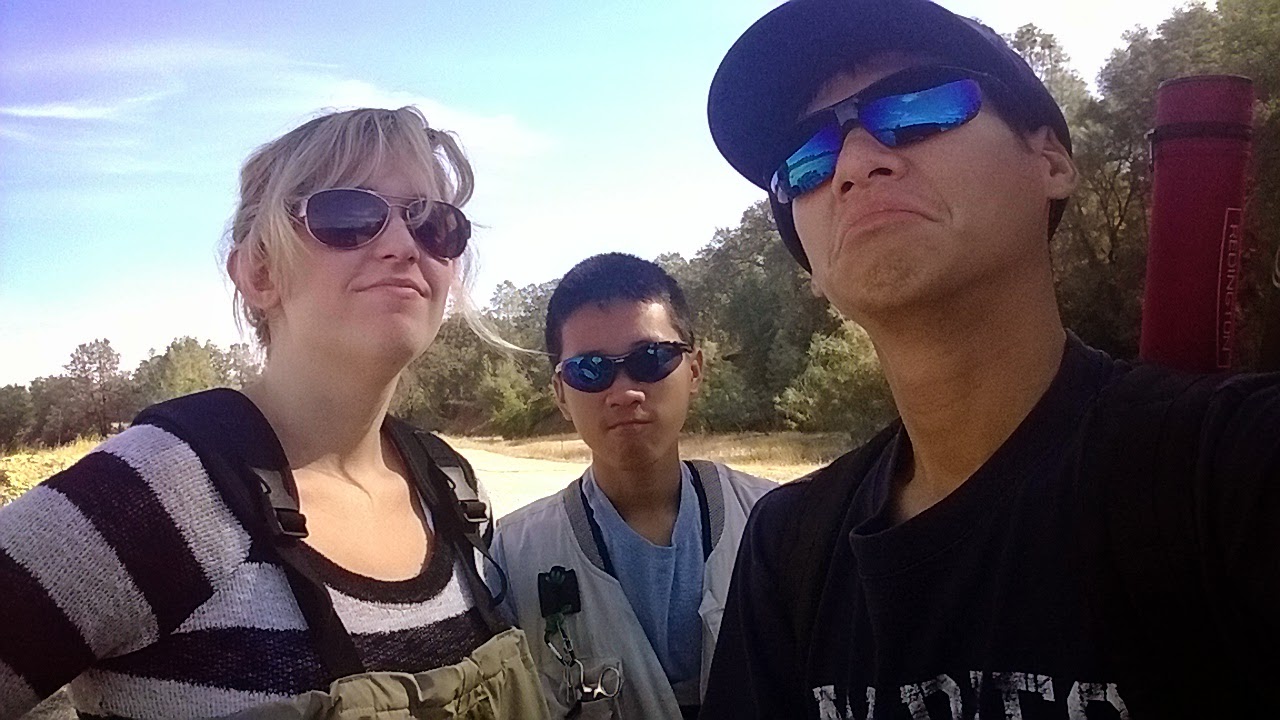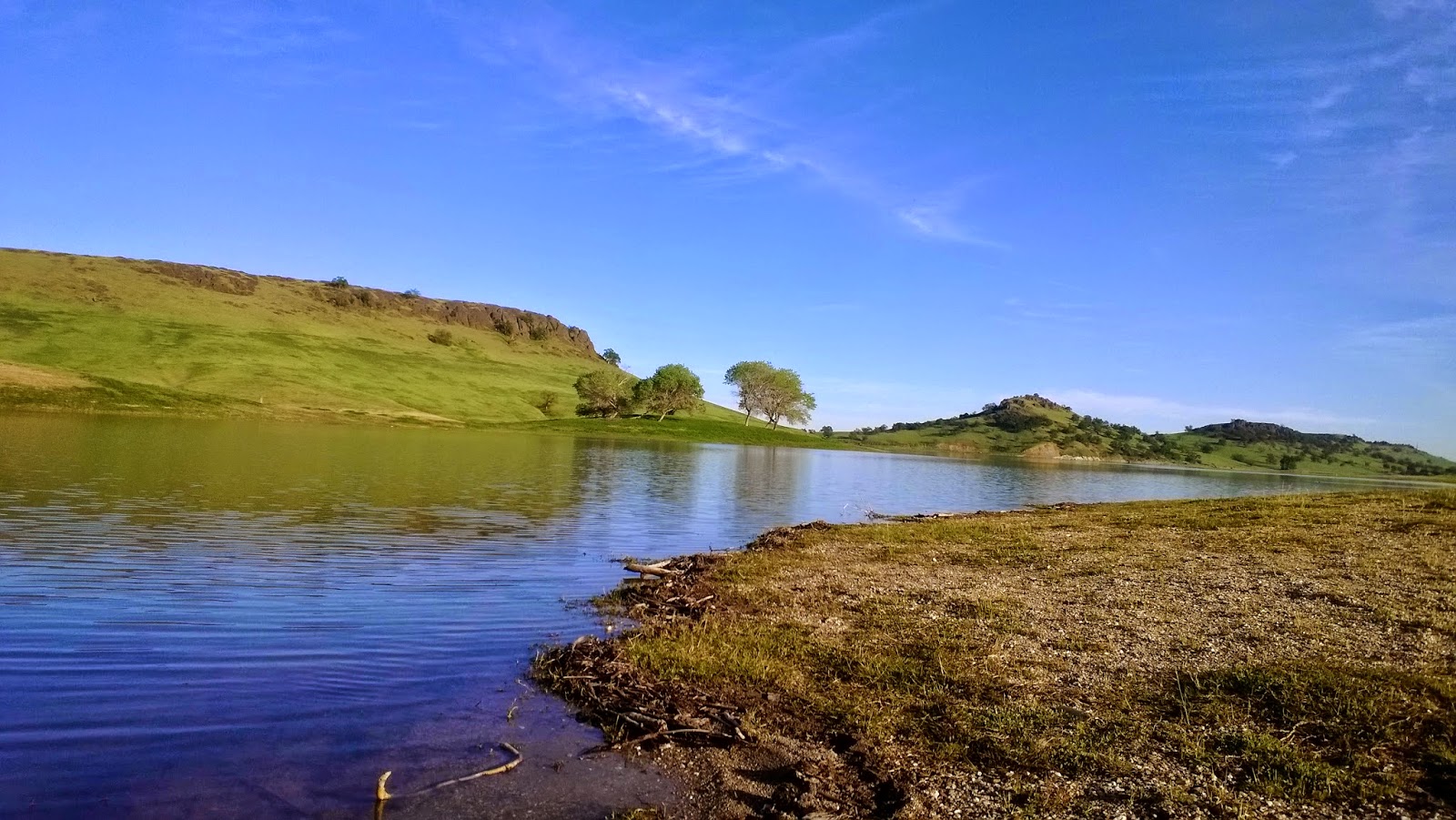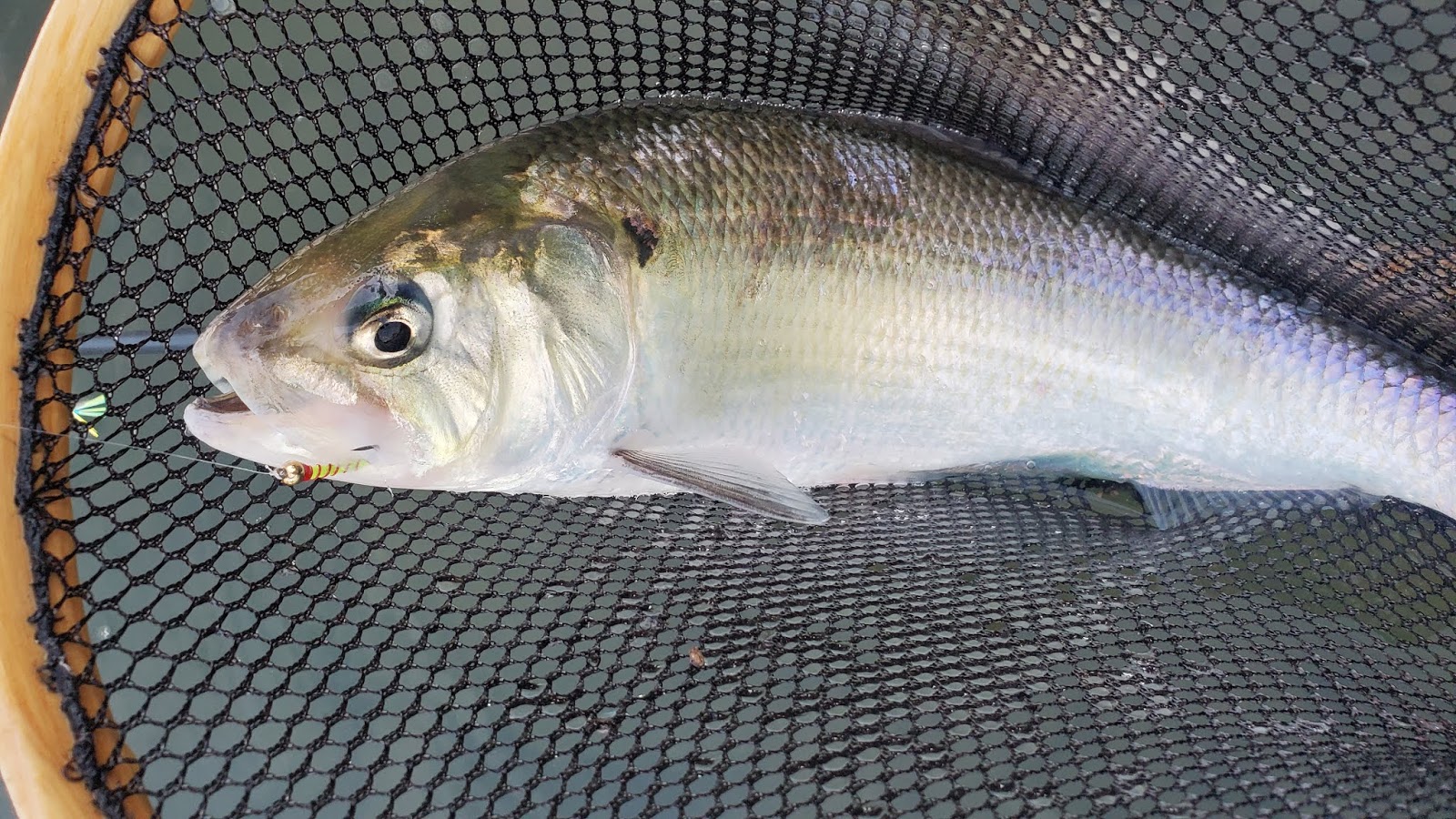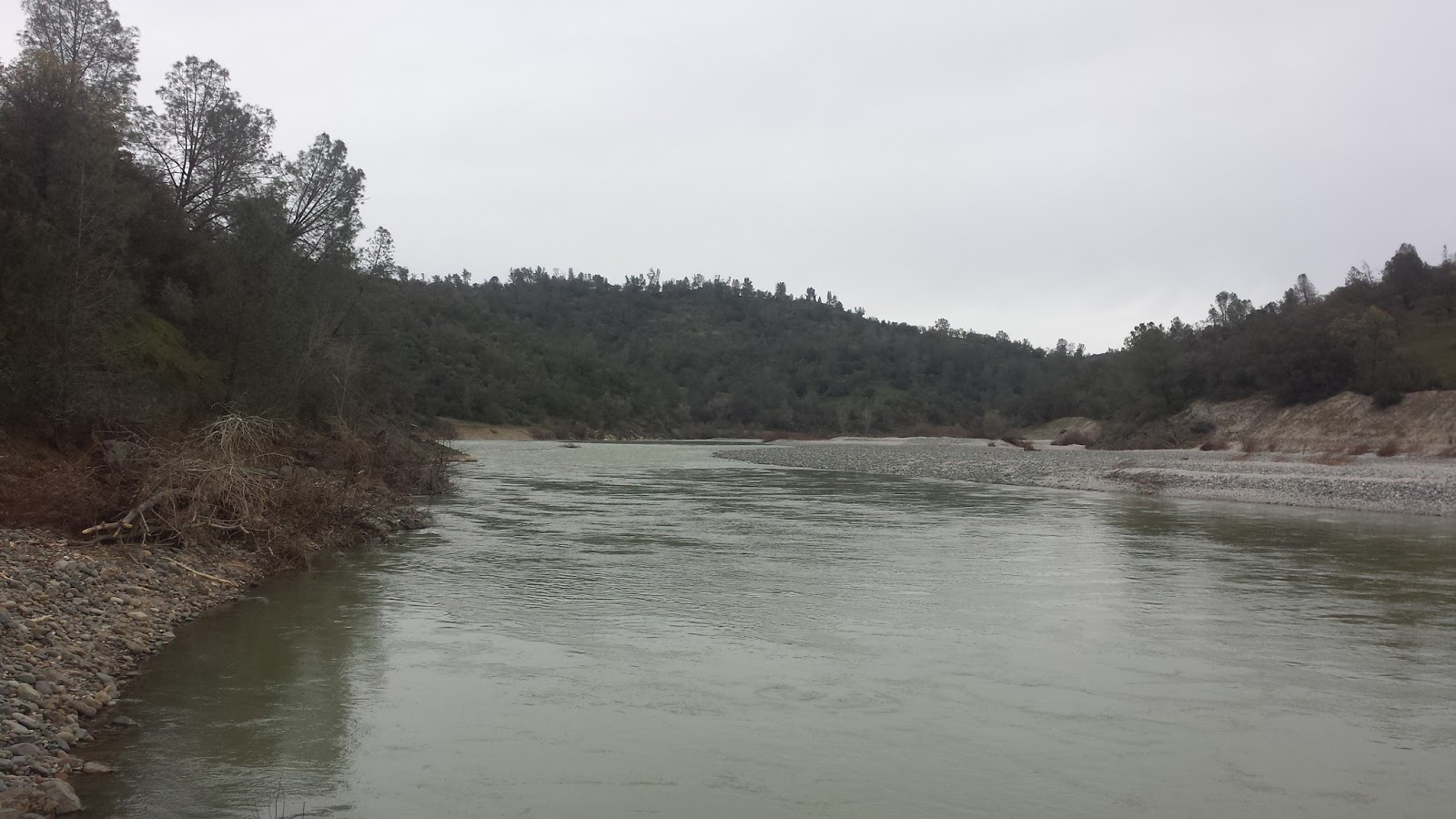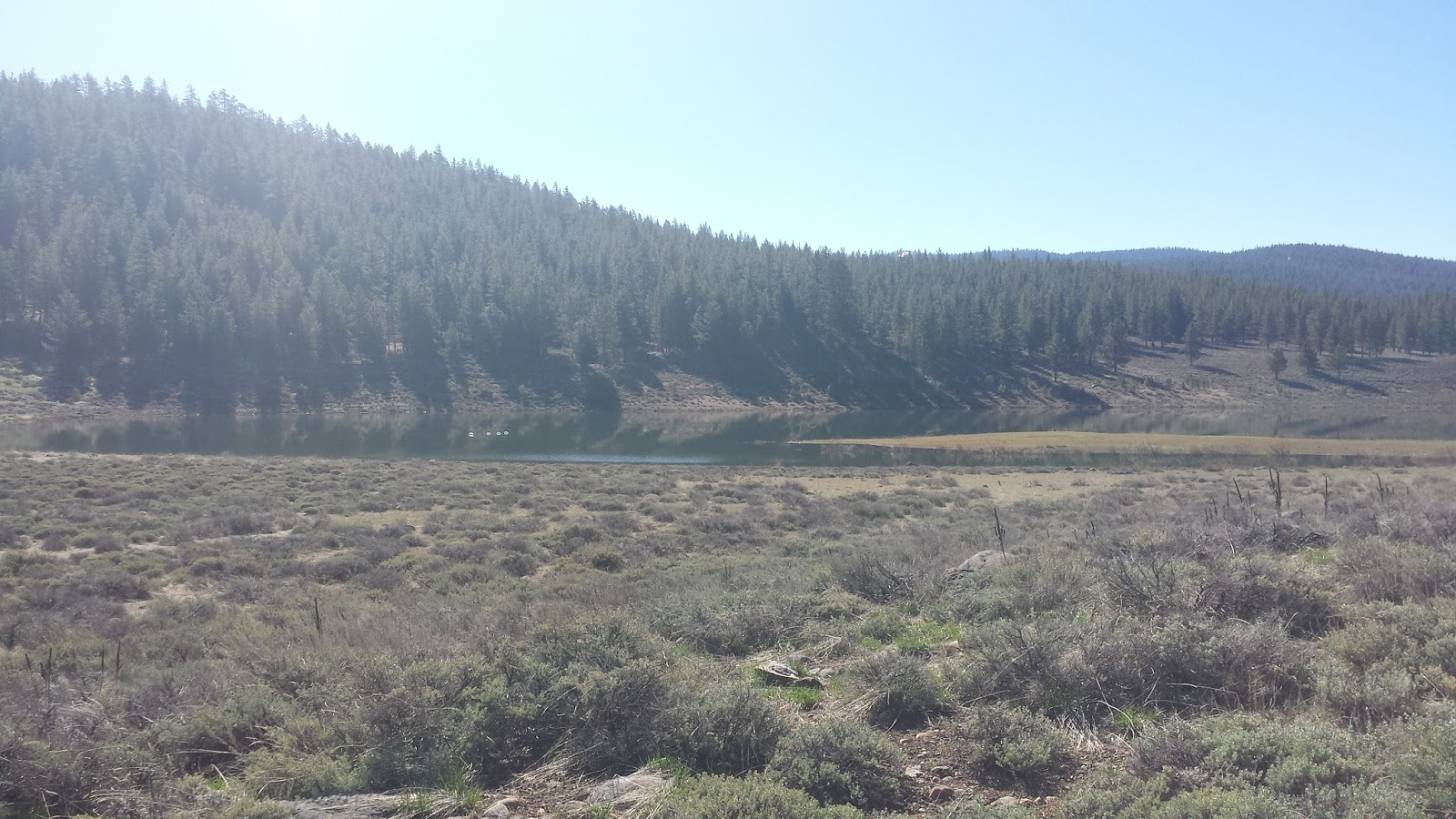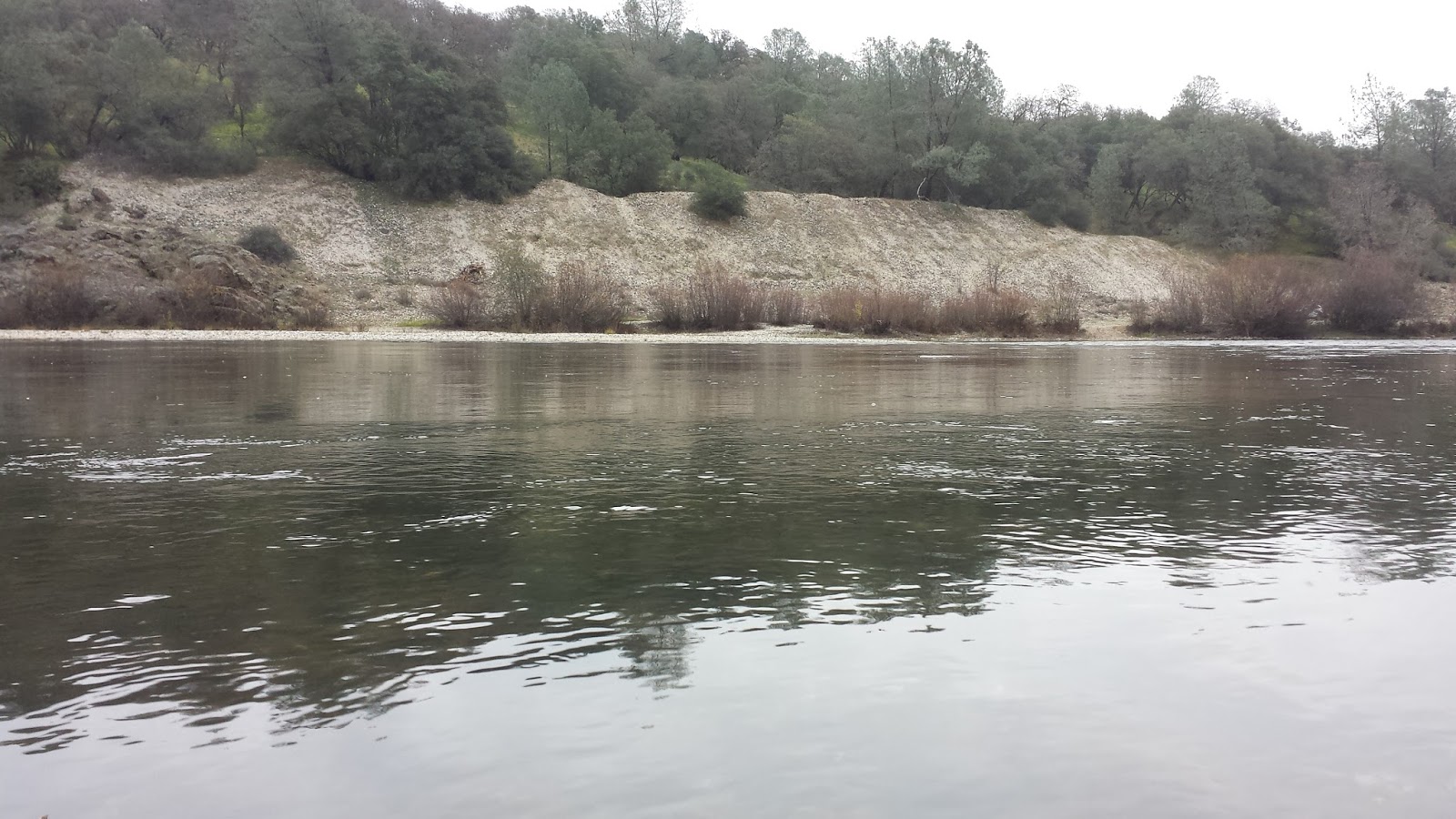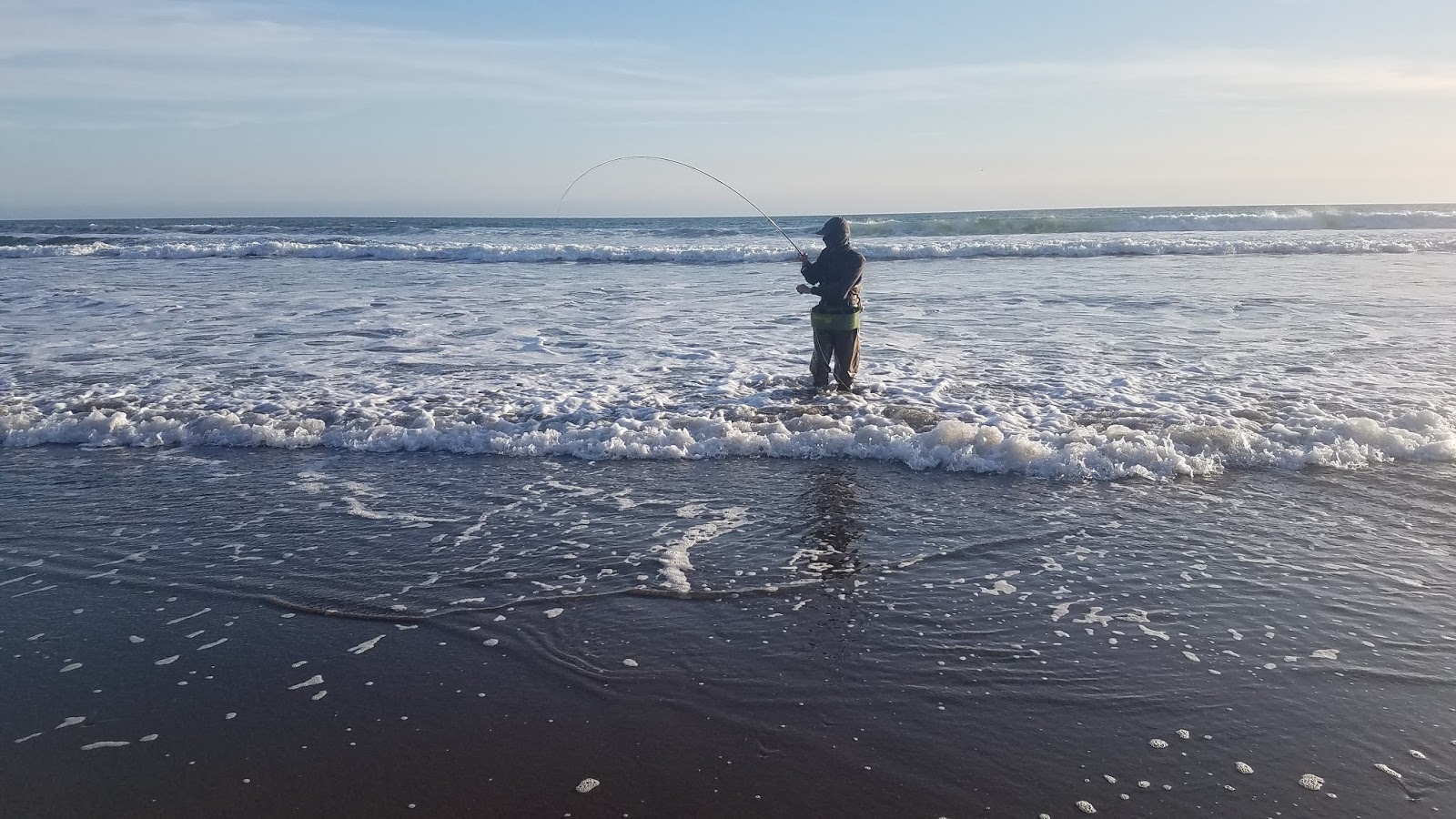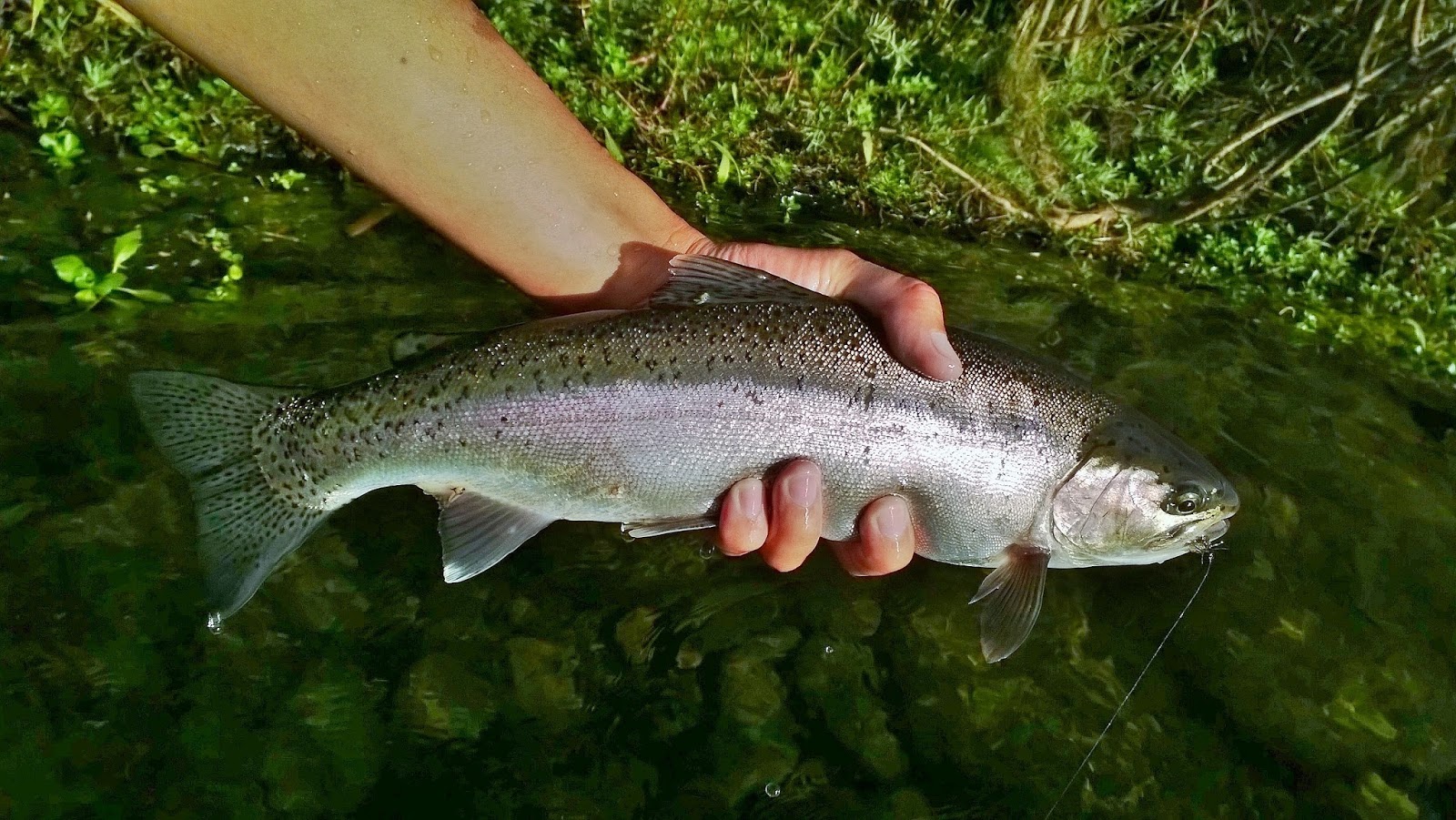 |
| “No Trespassing” |
The water business is a very lucrative business with over hundreds of agencies involved as well as the federal and state government. The California water system is a huge damn bureaucracy that we all have to deal with..
As anglers we need to have some knowledge of California water rights to keep out of trouble. Let’s talk private and public access, where we can fish and where we can’t fish.
All navigable waters in California are open to recreational use. Users need to stay within the high-water marks to be in legal public property.
Navigable water is subjected to change but as of right now in California it means that if a small watercraft can travel on it it is public property.
High-water marks is where the water touches the bank during high-water times. To find the high-water mark look for where the water touches the bank if it where at its highest flows. There is usually a water “line” that separates the dark terrain (soil, dirt) from the light terrain (rocks, stream bed).
Note:
1. The recreation use law only applies to running waters such as rivers, streams, and creeks. Therefore if you are fishing a pond or lake that isn’t public, you are on private property.
2. Unless you can find public access, the property that you must cross to get to the river, stream, or creek can be subjected as private property.
Here is the technical information:
1. U.S. constitution grants
“Freedom of navigation and the public’s right to use rivers are guaranteed
by the Commerce Clause. The congressional Act admitting States to the
Union requires that ‘all the navigable waters within said State shall be
common highways and forever free.'”
2. California State Constitution, Article 10, Section 4
– Forbids individual, joint and corporate landowners from obstructing
free navigation. It provides that “the Legislature shall enact such
law as will give the most liberal construction to this provision, so that
access to the navigable waters of this State shall be always attainable for the
people thereof.” It also forbids landowners “to exclude the right of
way to [navigable] water whenever it is required for any public purpose.”
3. California Civil Code, Section 830
– States the State’s ownership of tidelands, submerged lands and beds
of navigable waterways includes lands laying below the ordinary high water mark
of tidal waterways and below the ordinary low water mark of non-tidal
waterways. The area between the ordinary high and low water marks on
non-tidal waterways is subject to a “public trust easement” which is also under
State Lands Commission jurisdiction.
4. Bess v. County of Humbolt (App. 1
Dist. 1992) 5 Cal. Rptr. 2d 399, 3 Cal. App. 4th 1544). (Van
Duzen River Case) The fact a river is navigable only seasonally
does not require that river to be designated “non-navigable.” Under California
State Law, if a river was susceptible to navigation as a highway for public
passage at the time California came into the Union, a public right of way
existed without regard to ownership of the stream bed. The ability of
present day small water craft, which are similar to water craft in use at the
time of Statehood to navigate the river is evidence that the river was
navigable at the time of Statehood. The public has a right to use a
navigable river and the riverbed up to the high water mark for navigational,
fishing, recreational and other permitted purposes.

